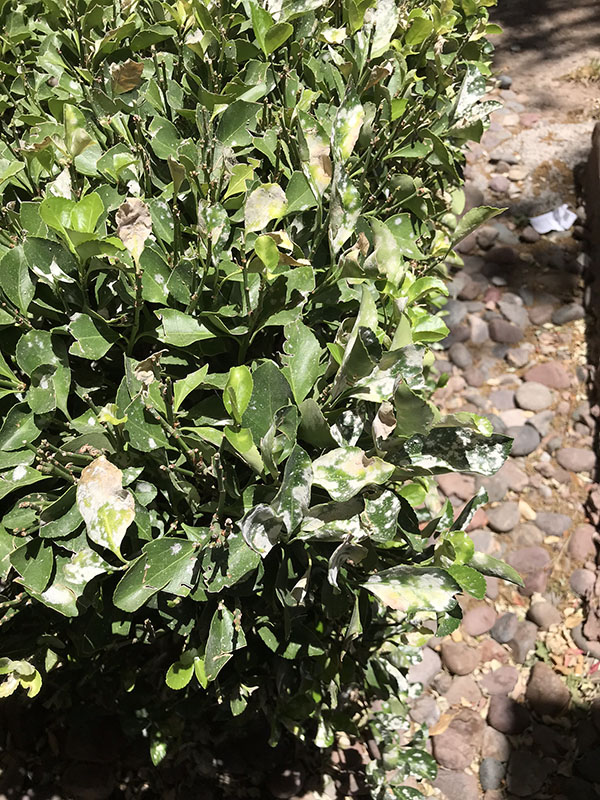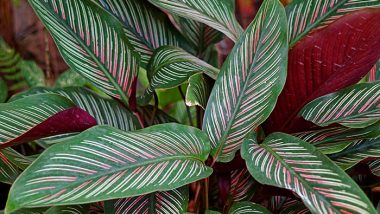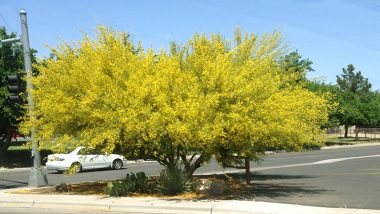Last updated on August 25th, 2025 at 06:57 am
How to Avoid Fungal Diseases on Trees and Plants. One big problem with gardening no matter what part of the world you live in is a fungus AKA fungus blight. One question I get often is “Where does this fungus come from?” Well, it comes from too much moisture, rain, and humid conditions.
Is fungus a blight?
Yes, it is. And fungus blight is a bacterial fungus and is spread by birds, animals, wind, and insects. Fungus spores are mostly microscopic except for the mushroom. There are numerous types of fungus around the world but for this article, we will focus on the most common fungus in the typical garden and landscape areas.
You can learn more about fungal spores right here. Fungal Spores.
Powdery Mildew is the most common


How to Avoid Fungal Diseases on Trees and Plants
This fungus affects mostly ornamental plants and trees. This fungus creates a white powdery film on the leaves of most plants. If you rub your finger on the white substance it will come off. It’s important to wash your hands thoroughly before touching another plant.
You should begin by applying or spraying a fungicide product containing Bacillus, thuringiensis sulfur, or lime sulfur at the first sign when white patches are observed. Neem oil is also an ideal spray to use for powdery mildew.
It is best that you space out your plants accordingly. So take this into account when planning your garden layout, particularly in areas where there is consistently high humidity and lots of rain. In the Southwest states, high humidity starts during the Monsoon season typically around early July and ends in early September.
How to prevent Pythium Blight
In and around the Southwest this blight usually attacks grasses mainly Bermuda grass. Here are a couple of things to do to prevent Pythium blight.
- Do Not water at night
- 20 minutes on a sprinkler system every other day will work.
- Don’t overplant trees and shrubs around your Bermuda lawn.
- It is best to water in the early morning hours right about sunrise.
- Thatch your lawn in early Spring to help with diseases and weeds.
- Do not over-fertilize. Once in spring, summer, and one more time in fall.
Avoid Fungal Diseases on trees and plants
Bermuda grass is drought tolerant. It’s important not to water at night and this goes for all plants, shrubs, and trees.
The Pythium Blight may take hold of grasses and trees, because this fungus loves to grow in highly humid conditions, especially at night. If uncontrolled, this disease can cause large turf areas to wilt, turn brown and die.
Pythium blight can be readily seen in the early morning on the top of the lawn as a white cotton candy-like growth. Pythium blight can easily be controlled by watering during the day at the earliest possible time.
Fire Blight on Fruit Trees
Fire Blight, is another fungus that likes to grow during the summer months. This fungus attacks pear, crabapple, and Apple trees. Including ornamental pear trees. Fire Blight can be seen as a blossom blight a week or two after the blooming, which turns black on pear and brown on apple trees, causing the whole blossom cluster to wilt and die. Antibiotic sprays successfully counter the blossom blight phase of Fire Blight.

How to control Fire Blight
Fire Blight can also be controlled by pruning affected branches from the main plant. Cuts should be made at least four inches below the affected areas, which can be detected by dead bark. It’s important to note that Fire Blight is contagious, so any pruning cuttings should be burnt, or placed in plastic containers and thrown away, and the pruning shears should be washed with soapy water or alcohol.
One of the best sprays to use is Ferti-Lome® fire-blight spray. Ask for it at your local Nursery or Greenhouse. The main ingredient is streptomycin sulfate. Be sure to follow the instructions to the “T” when using this product.
How to Avoid Fungal Diseases on Trees and Plants
Read more about insects and diseases on plants.

Greenhouse Manager, Master Gardener, and Webmaster.
If you have any questions or enjoyed this post, feel free to share your thoughts in the comments below.



